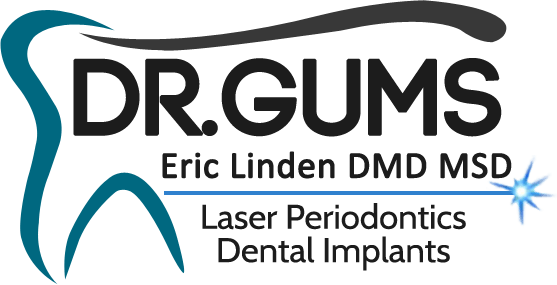CHICAGO – February 21, 2006 – People have a new reason to stick to their New Year’s resolution to lose excess weight besides fitting into the latest fashion trends. Researchers from University at Buffalo found that obesity is a significant predictor for periodontal disease, independent of age, gender, race, ethnicity, and smoking. This study printed in a recent supplement to the Journal of Periodontology (JOP).
Furthermore, analysis of this national sample suggests that insulin resistance mediates the relationship between obesity and periodontal disease. It was found that the severity of periodontal attachment loss increased proportionally with increasing insulin resistance. In addition, the number of teeth lost increased significantly with increasing levels of insulin resistance. Individuals in the highest insulin resistance category lost 1.1 more teeth compared to individuals in the lowest category.
“People who have a higher body mass index produce cytokines (hormone-like proteins), that lead to systemic inflammation and insulin resistance,” said Robert J. Genco, vice provost at the University at Buffalo and editor of the JOP. “We propose that chronic stimulation and secretion of proinflammatory cytokines associated with periodontal infection also occurs, contributing to insulin resistance, which may further predispose to diabetes mellitus.”
Genco and his research team recently showed that diabetics with periodontal disease may have greater mortality from diabetic complications such as cardiovascular disease and kidney complications than diabetics with little or no periodontal disease.
“The presence of periodontal infection combined with obesity may contribute to type 2 diabetes and its complications, such as coronary heart disease,” said Kenneth A. Krebs DMD and AAP president. “Although further studies are needed, people should remember that living a healthy lifestyle along with daily brushing and flossing and visiting your oral health care provider is always in fashion.”
Background Information
A total of 12,367 non-diabetic individuals 20 to 90 years old participated in the dental section of the NHANES III study. Of these 53 percent were men and 47 percent were women and 43 percent of all the individuals were overweight.
A referral to a periodontist in your area and free brochure samples including one titled Periodontal Diseases: What You Need to Know are available by calling 800-FLOSS-EM or visiting the AAP’s Web site at www.perio.org.
About the AAP
The American Academy of Periodontology (AAP) is the professional organization for

